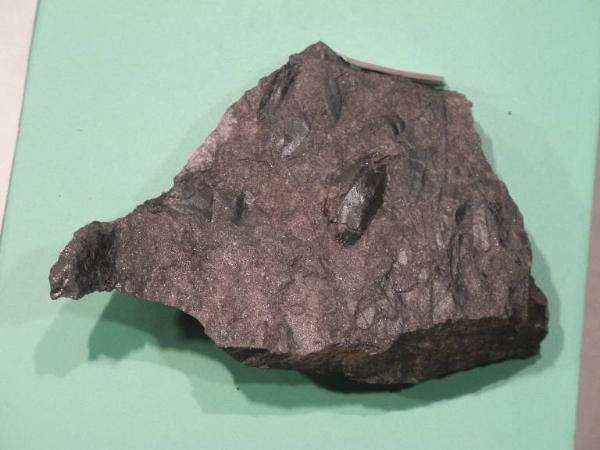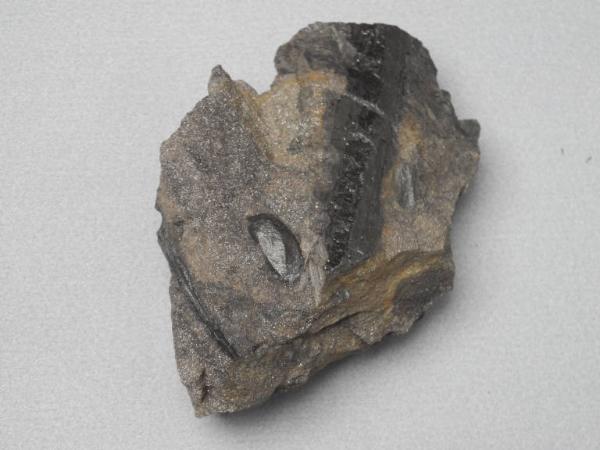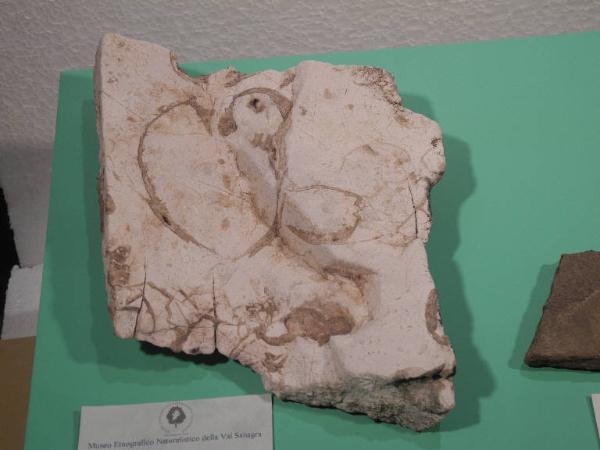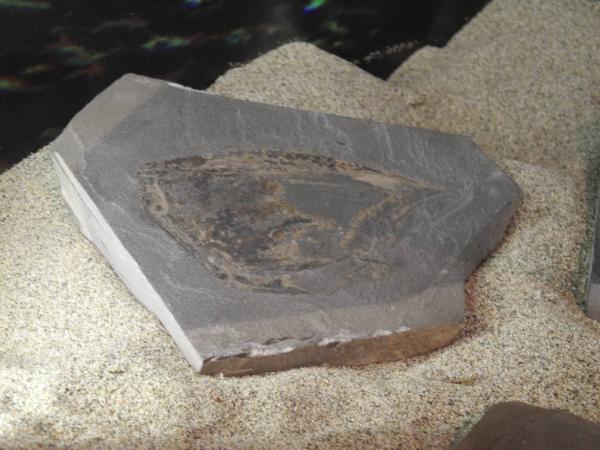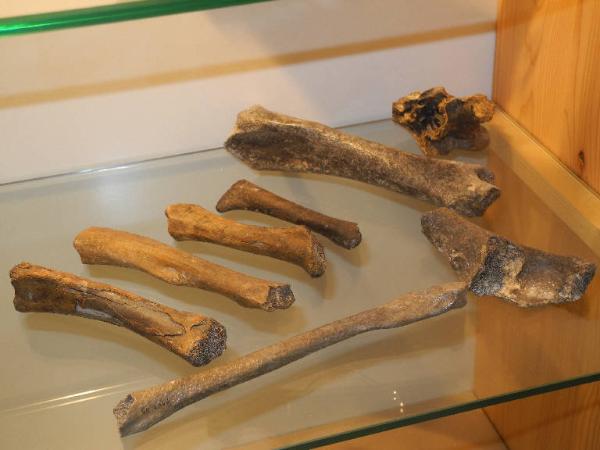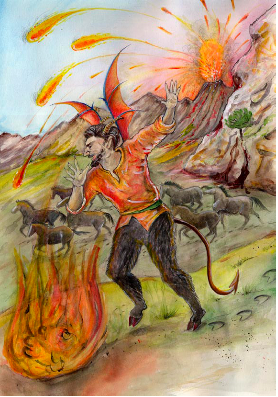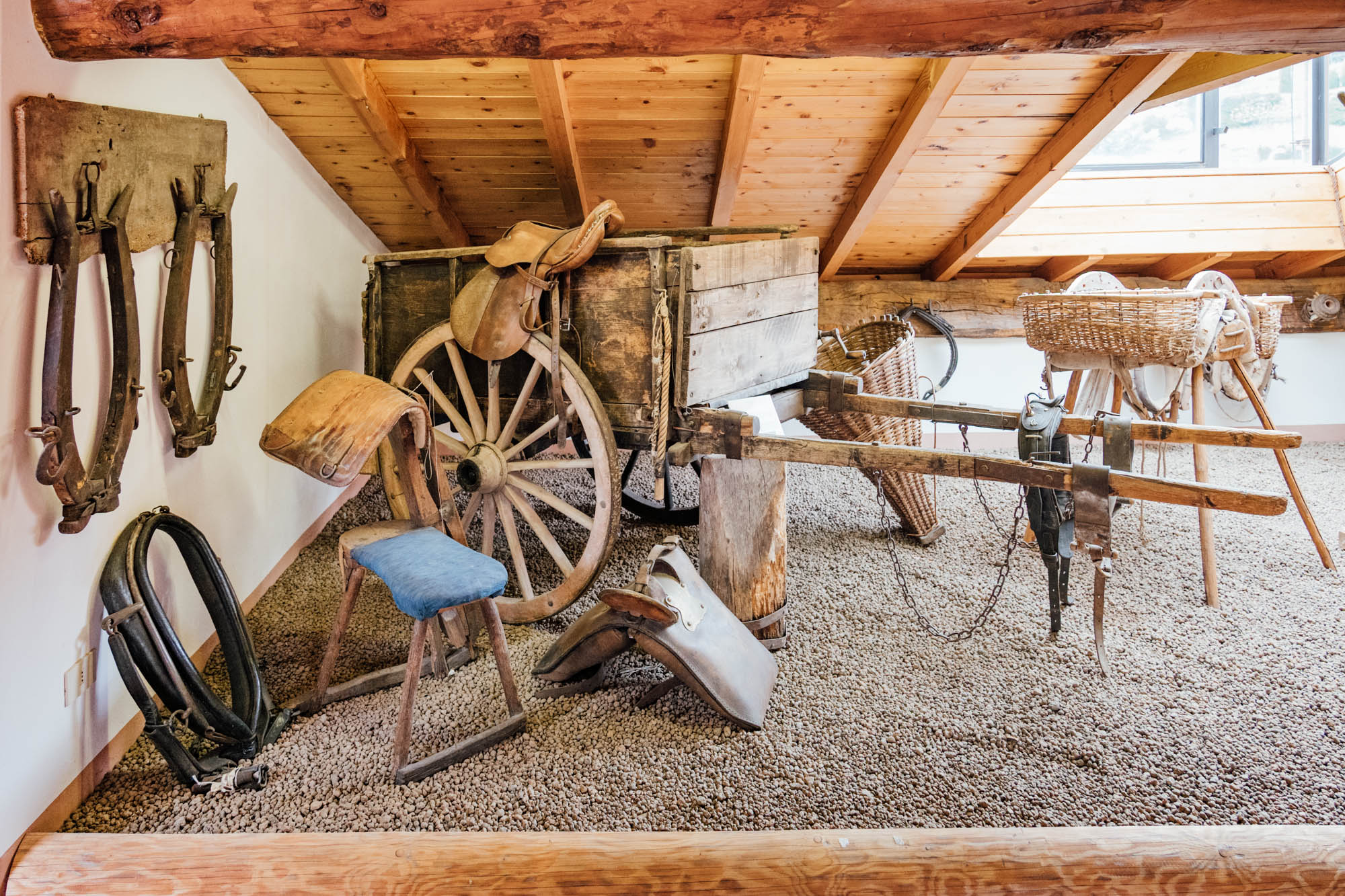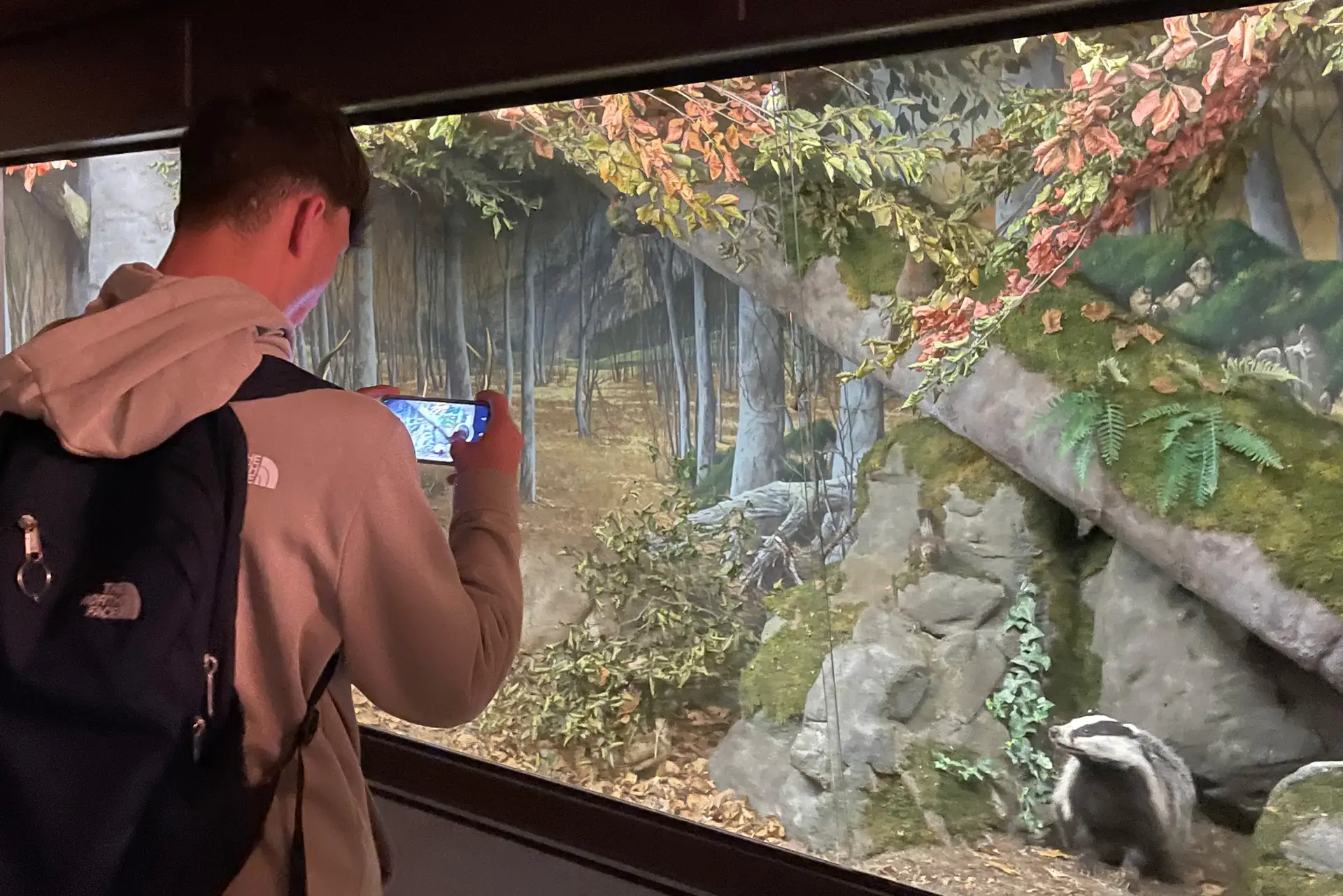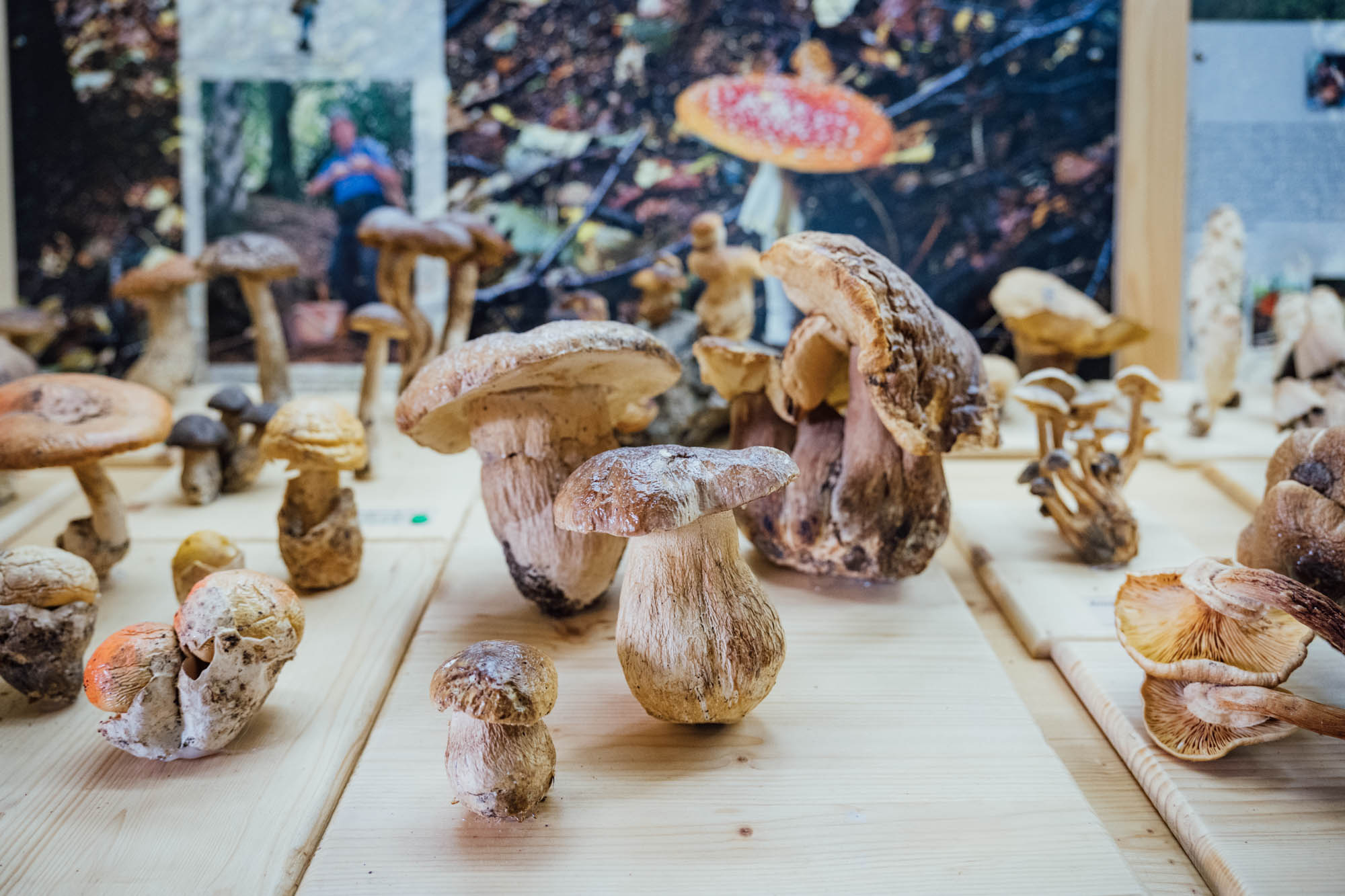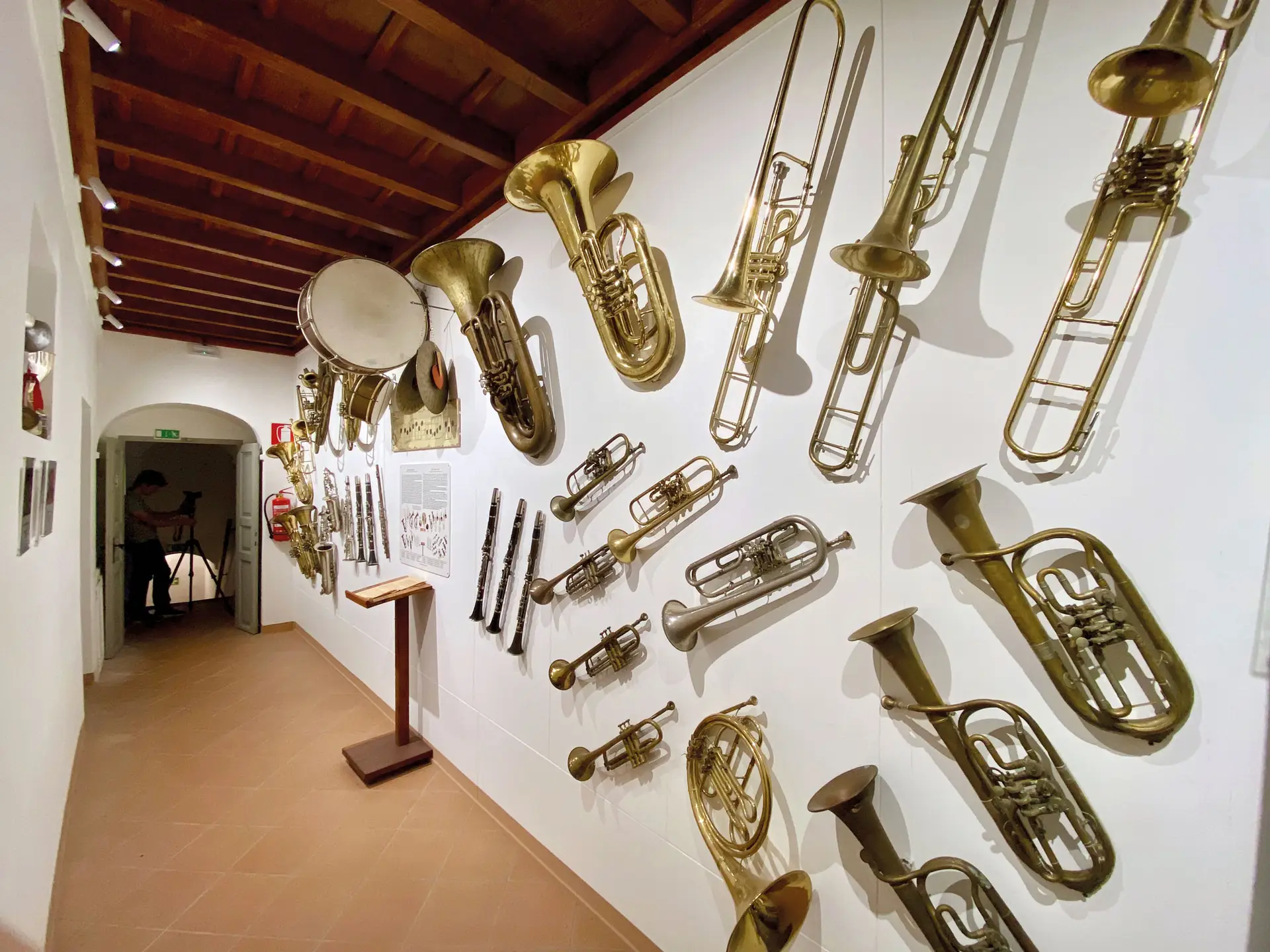Fossils Room
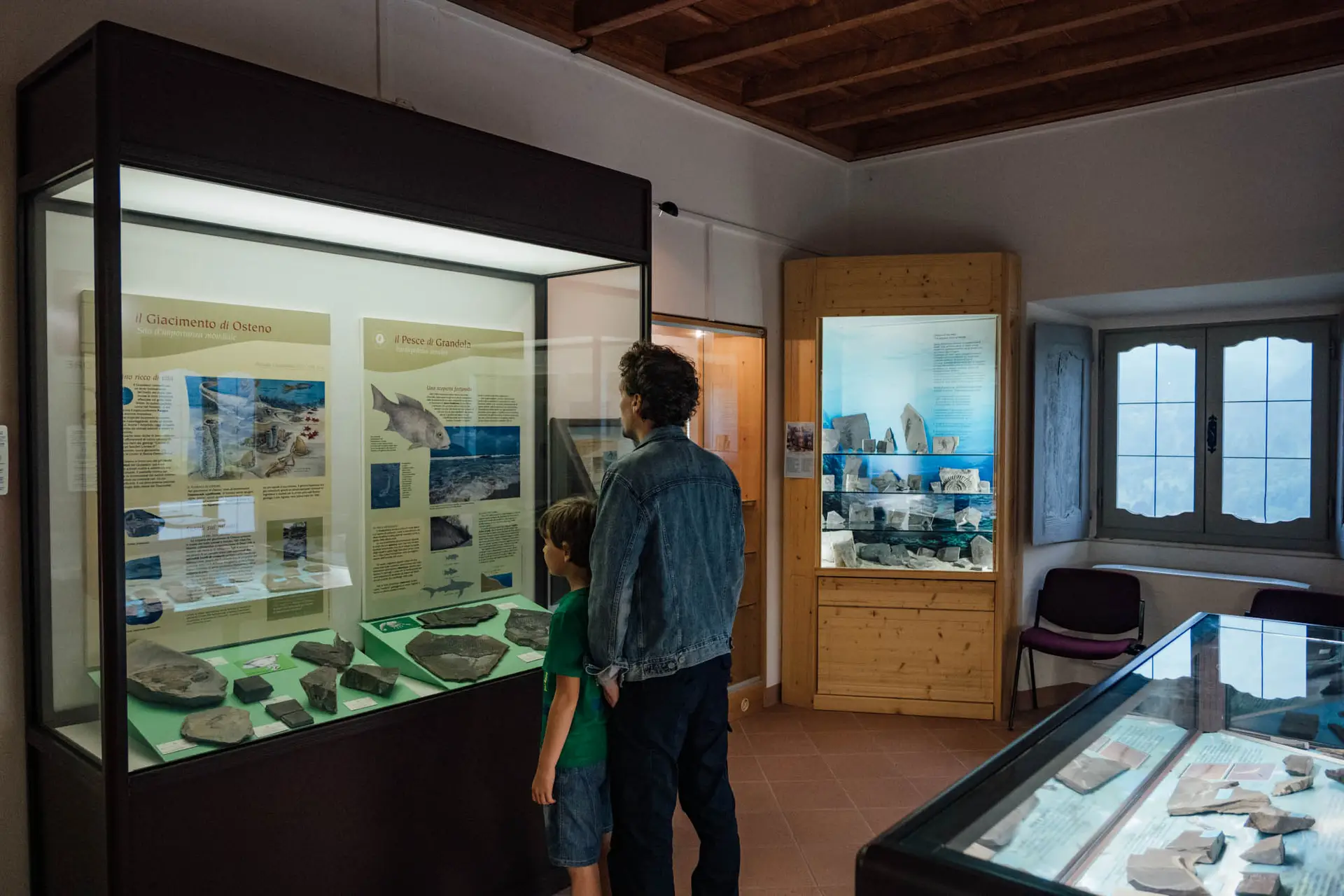
The fossil hall contains some of the oldest traces of life throughout Italy.
The fossil flora of Val Gariasca - Alpe di Logone includes remains of ancient Pteridophytes (ferns, horsetails, lycopods) and Protospermatophytes, such as Cordaites, considered an evolutionary transition to present-day seed plants.
Notable finds include fossil seeds of Trigonocarpus Bernardii and bark impressions of the genus Sigillaria, which are characterized by a shiny appearance.
The Carboniferous forests, once lush and full of impressive plants, are now represented by fossilized logs, roots and leaves, many of which are on display in our Museum, which houses the only complete collection of Carboniferous artifacts in Italy.
The hall also preserves marine fossils from the Triassic, such as corals, bivalves (including Megalodon, a heart-shaped shell mollusk) and fish remains such as Paralepidotus Ornatus.
Of great interest is the fossil of the crustacean Ostenocaris Cypriformis, dated to the Jurassic and preserved with soft parts.
The museum also holds bones of the Cave Bear, a large mammal that became extinct about 18,000 to 20,000 years ago, found in caves in the Valsolda, where these animals spent their hibernation.
In the museum collections
Paleontology
No results available
Learn more
Here will be the in-depth video about the hall
Historical background
The mines of the Gariasca Valley
Fossils of fern-like plants and horsetails, dating from the Carboniferous period (about 310 million years ago), have been found in Val Gariasca-Alpe di Logone, Val Sanagra.
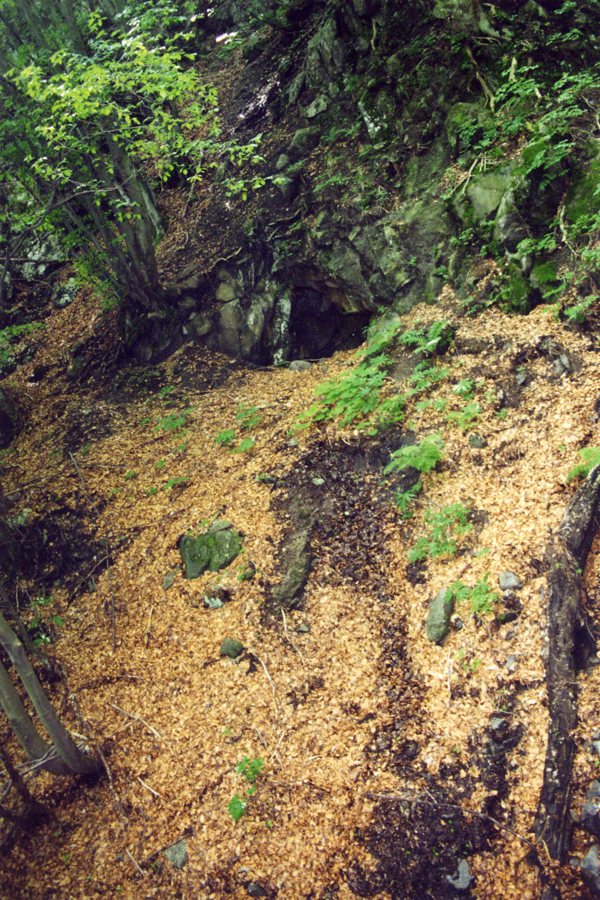
The paleontological heritage in this sector outcrops near the Grona Line and lies between the Crystalline Basement and Main Dolomite formations.
Although they constitute outcrops of limited extent, the rocks enclosed by the Grona Line (referred to as the "Manno Conglomerates") preserve an important archive of prehistoric events on our planet. The plant remains bring "to light" an environment of more than 300 million years ago: the Carboniferous (Middle Carboniferous-Westphalian).The carboniferous rocks of the Sanagra Valley, discovered between 1915 and 1918 during the construction of a military road, were initially evaluated for anthracite mining by Carlo Giacomo Bianchi, an entrepreneur from Naggio. Despite a negative geological opinion, Bianchi attempted extraction in 1942, but the venture failed after two years.
However, these excavations led surveyor Luigi Maglia to discover an important fossiliferous deposit dating back to the Carboniferous, containing more than 2,000 high-quality pieces. These fossils, rare in Italy, are among the oldest and have attracted international scientific interest thanks to a 1947 publication by Maglia and Sergio Venzo, director of the Milan Museum of Natural History.
You might also be interested in.
Insights
No results available
